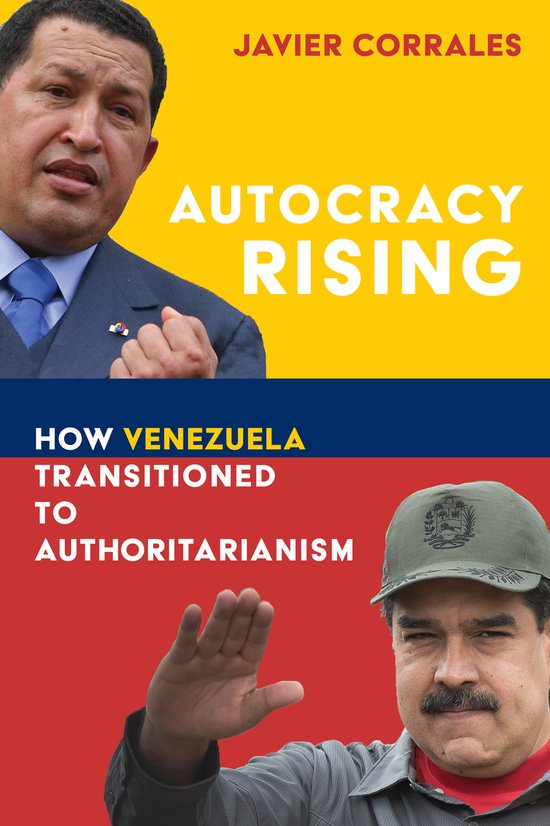
Pakistan at the Crossroads - Domestic Dynamics and External Pressures
Top international scholars assess Pakistan’s politics and economics and the challenges faced by its civil and military regimes. Contributors examine the state’s handling of internal threats, tensions among political parties, law-enforcement reform, the rise of border conflicts, financial entanglements with foreign powers, and diplomatic relations.
In Pakistan at the Crossroads, top international scholars assess Pakistan's politics and economics and the challenges faced by its civil and military leaders domestically and diplomatically. Contributors examine the state's handling of internal threats, tensions between civilians and the military, strategies of political parties, police and law enforcement reform, trends in judicial activism, the rise of border conflicts, economic challenges, financial entanglements with foreign powers, and diplomatic relations with India, China, Iran, Saudi Arabia, Afghanistan, and the United States. In addition to ethnic strife in Baluchistan and Karachi, terrorist violence in Pakistan in response to the American-led military intervention in Afghanistan and in the Federally Administered Tribal Areas by means of drones, as well as to Pakistani army operations in the Pashtun area, has reached an unprecedented level. There is a growing consensus among state leaders that the nation's main security threats may come not from India but from its spiraling internal conflicts, though this realization may not sufficiently dissuade the Pakistani army from targeting the country's largest neighbor. This volume is therefore critical to grasping the sophisticated interplay of internal and external forces complicating the country's recent trajectory.
In Pakistan at the Crossroads, top international scholars assess Pakistan's politics and economics and the challenges faced by its civil and military leaders domestically and diplomatically. Contributors examine the state's handling of internal threats, tensions between civilians and the military, strategies of political parties, police and law enforcement reform, trends in judicial activism, the rise of border conflicts, economic challenges, financial entanglements with foreign powers, and diplomatic relations with India, China, Iran, Saudi Arabia, Afghanistan, and the United States. In addition to ethnic strife in Baluchistan and Karachi, terrorist violence in Pakistan in response to the American-led military intervention in Afghanistan and in the Federally Administered Tribal Areas by means of drones, as well as to Pakistani army operations in the Pashtun area, has reached an unprecedented level. There is a growing consensus among state leaders that the nation's main security threats may come not from India but from its spiraling internal conflicts, though this realization may not sufficiently dissuade the Pakistani army from targeting the country's largest neighbor. This volume is therefore critical to grasping the sophisticated interplay of internal and external forces complicating the country's recent trajectory.
| Auteur | | |
| Taal | | Engels |
| Type | | Hardcover |
| Categorie | | Mens & Maatschappij |




